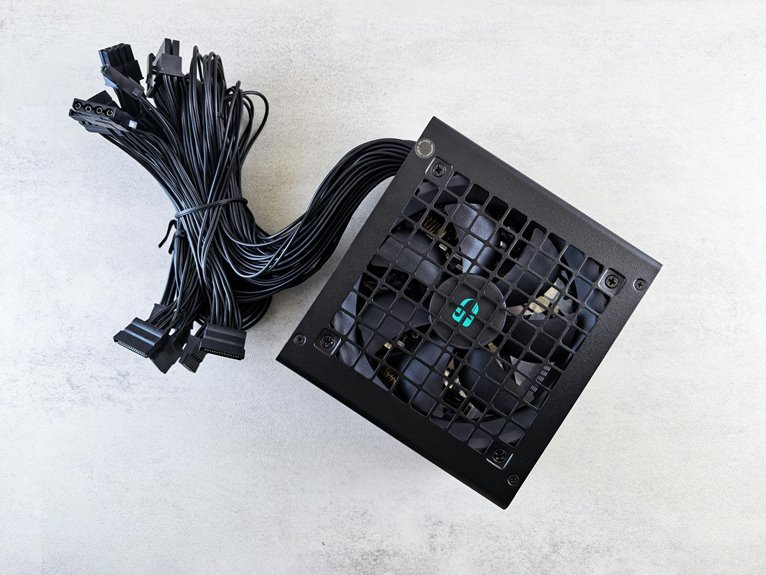Telecom Data Authentication Security Branch 8436521687 7044452356 9174441374 4055845510 18003966861 7754380374

Is it true that the telecom data authentication security branch effectively safeguards sensitive information from breaches? As you explore the protocols linked to numbers like 8436521687 and 7044452356, you’ll find a complex web of encryption standards and biometric systems at play. Yet, the increasing sophistication of cyber threats raises critical questions about the robustness of these measures and their ability to adapt. What implications does this have for the future of telecom security?
Understanding Telecom Data Authentication
As you delve into the realm of telecom data authentication, it’s crucial to recognize its role in safeguarding communication integrity.
Effective telecom encryption methods, combined with robust identity verification techniques, ensure that only authorized users access sensitive information.
These measures not only protect data from unauthorized interception but also empower users, fostering a secure environment where communication remains confidential and trustworthy.
Key Security Protocols in Telecom
Telecom systems rely on a variety of security protocols to maintain the integrity and confidentiality of communications. Key among these are encryption standards, which ensure data is protected during transmission.
Additionally, biometric authentication enhances security by verifying user identities through unique biological traits. Together, these protocols create a robust framework that empowers users to communicate freely while safeguarding sensitive information from unauthorized access.
Challenges in Protecting Telecom Data
While the advancements in security protocols have strengthened telecom data protection, several challenges persist in safeguarding sensitive information.
Data breaches expose network vulnerabilities, making robust user authentication and encryption techniques vital.
Privacy concerns grow amidst regulatory compliance pressures, complicating secure communication.
Effective threat mitigation strategies are essential, yet the evolving landscape demands constant adaptation to stay ahead of potential risks in telecom data protection.
Future Trends in Telecom Security
The evolving threat landscape necessitates a forward-thinking approach to telecom security.
You’ll need to consider quantum encryption, which promises to revolutionize data protection, ensuring unbreakable security through quantum mechanics.
Additionally, AI surveillance will enhance threat detection and response capabilities, allowing for real-time analysis of anomalies.
Embracing these advancements is crucial to safeguard your telecommunications infrastructure against increasingly sophisticated cyber threats.
Conclusion
In the end, securing telecom data seems as easy as pie—if that pie were made of razor blades. While advanced encryption and biometric verification promise safety, data breaches still lurk like unwelcome guests at a party. As we chase future trends in telecom security, let’s hope we don’t end up relying on the same outdated methods that got us here in the first place. After all, nothing says “trust” like a password written on a sticky note!





